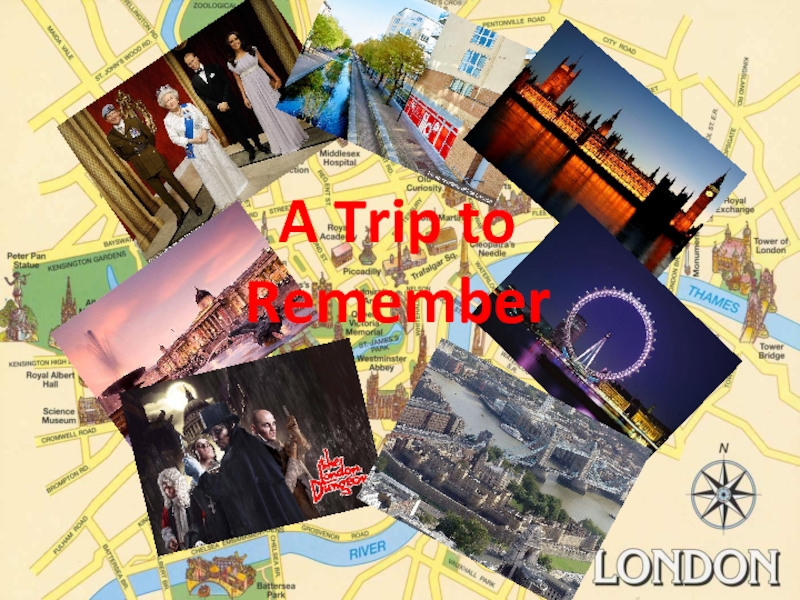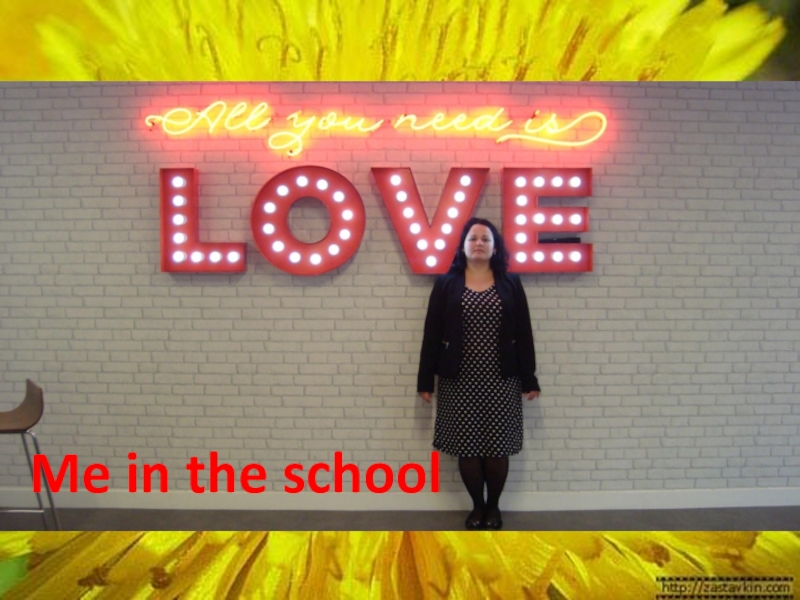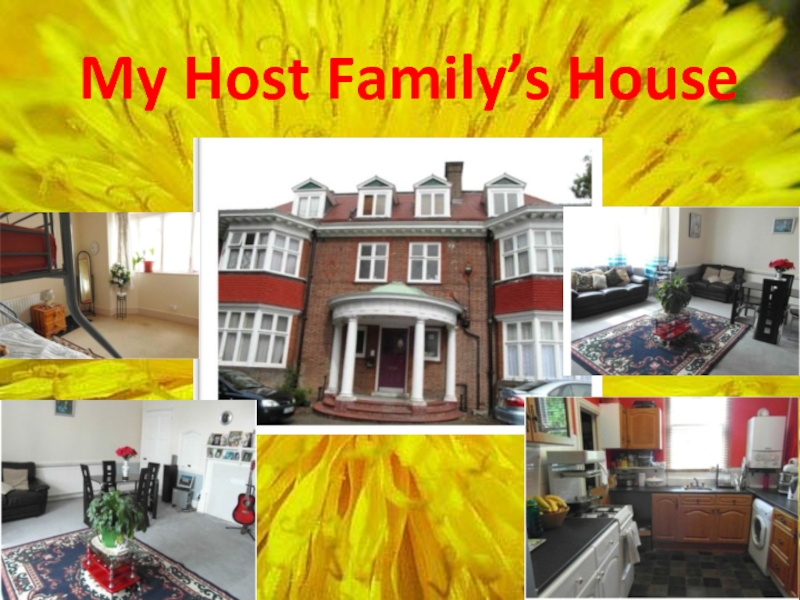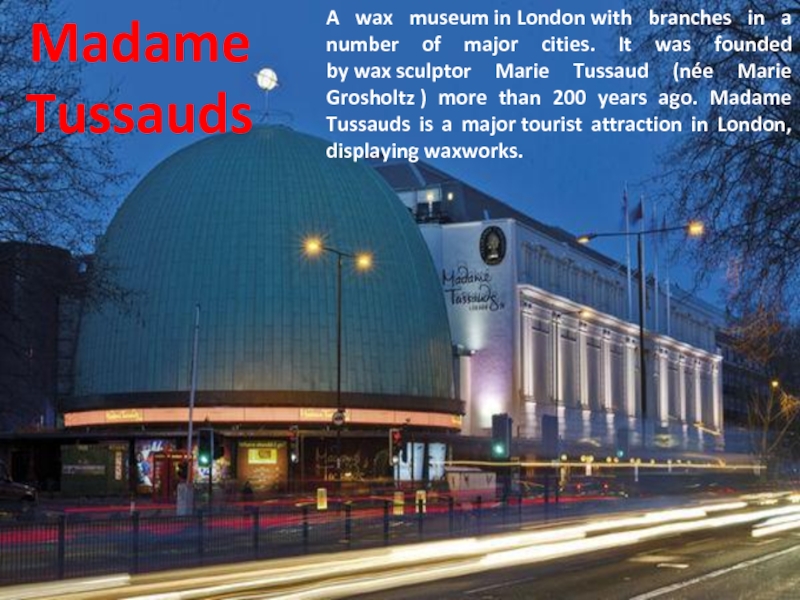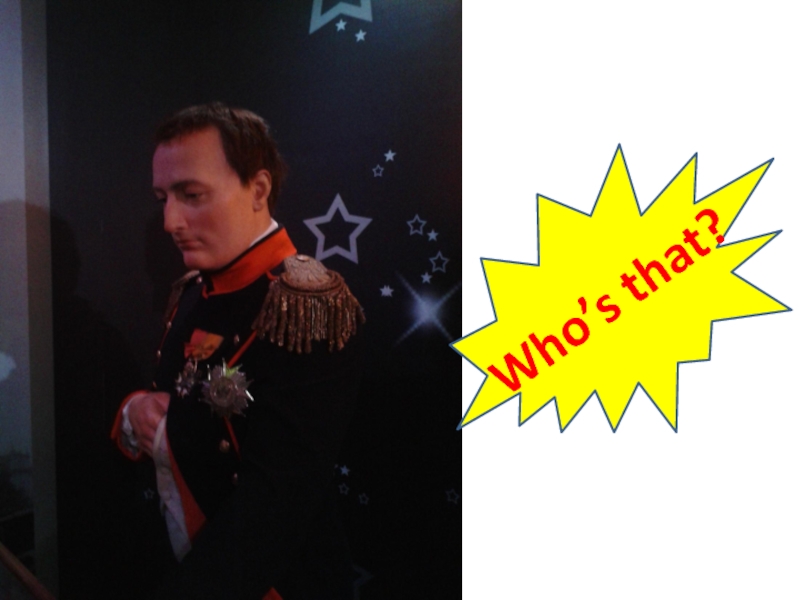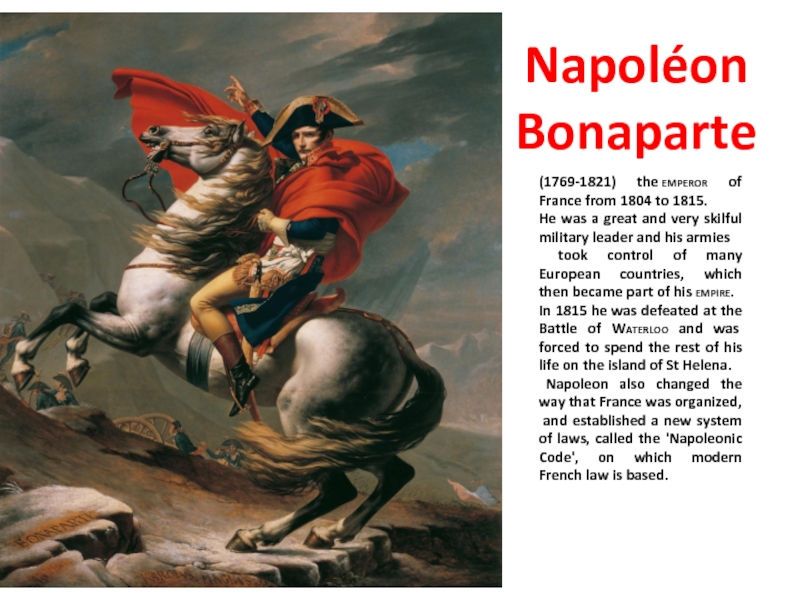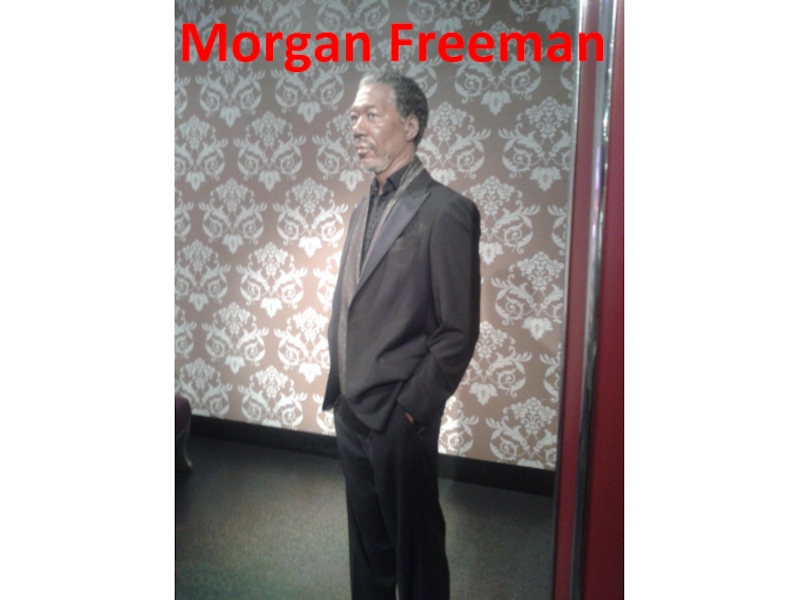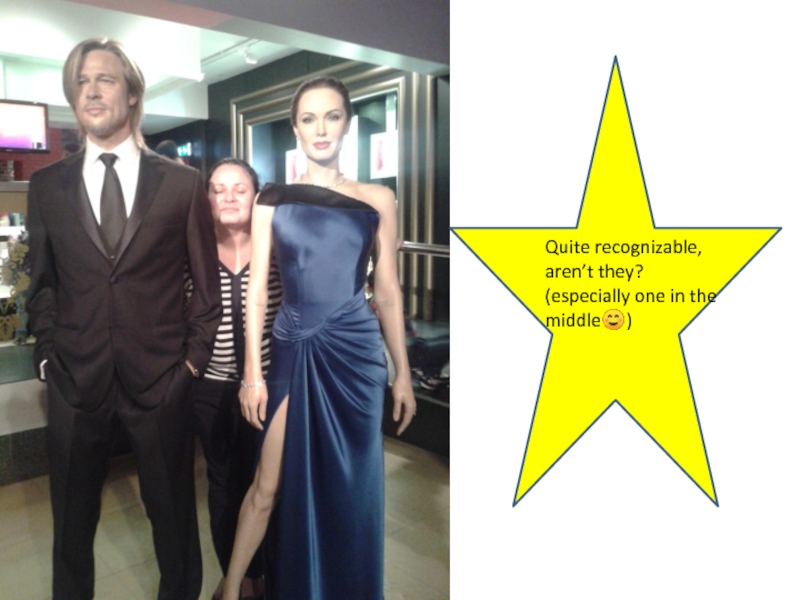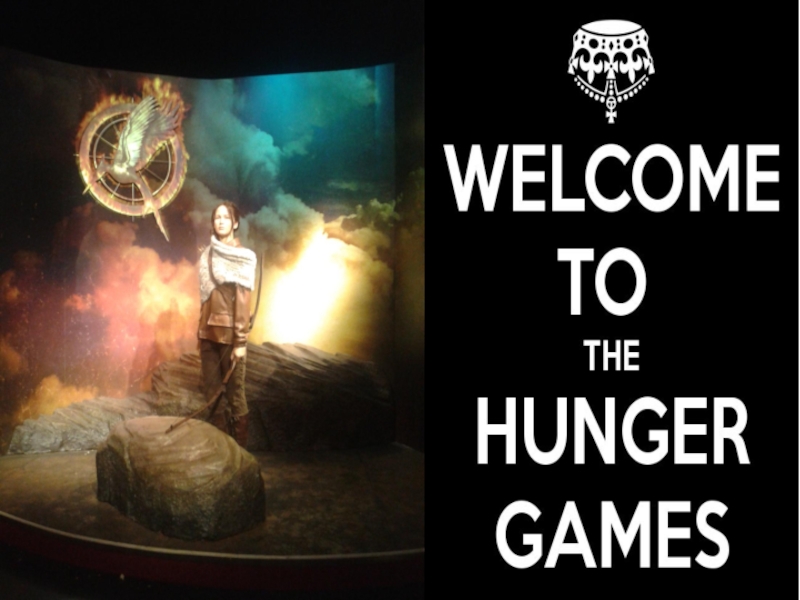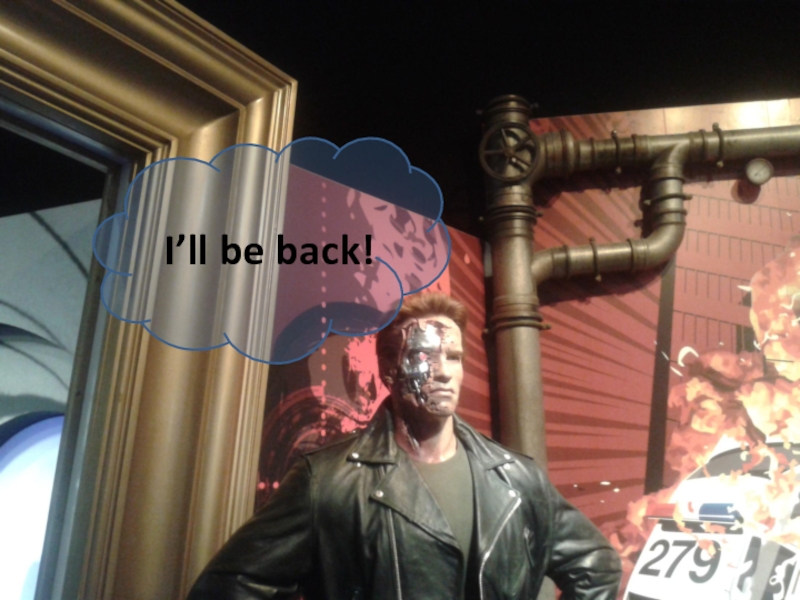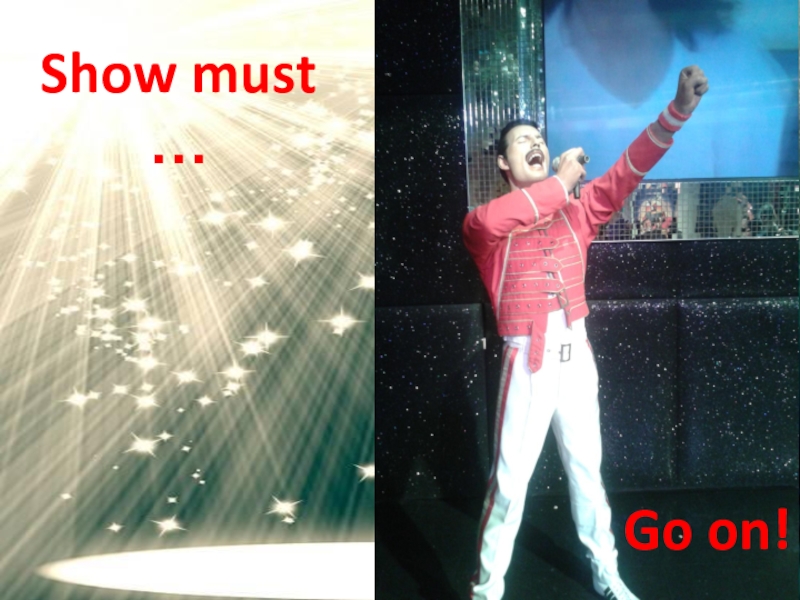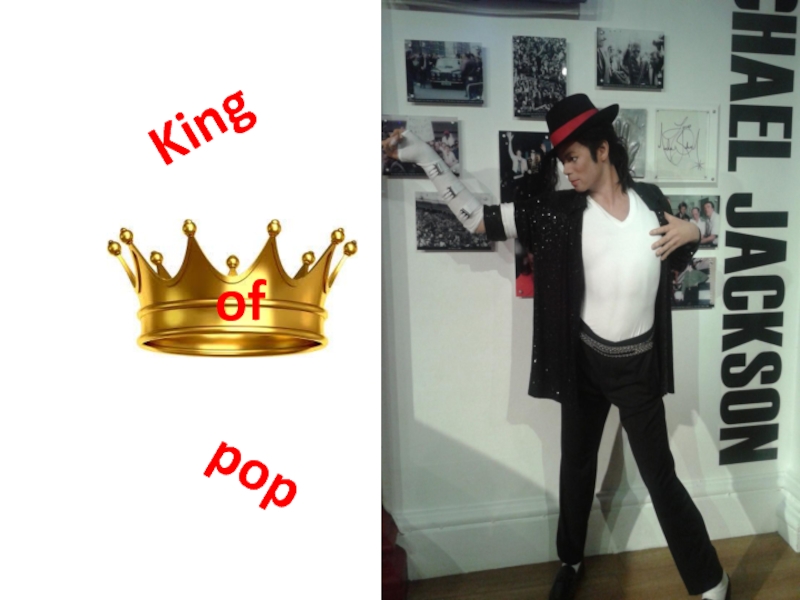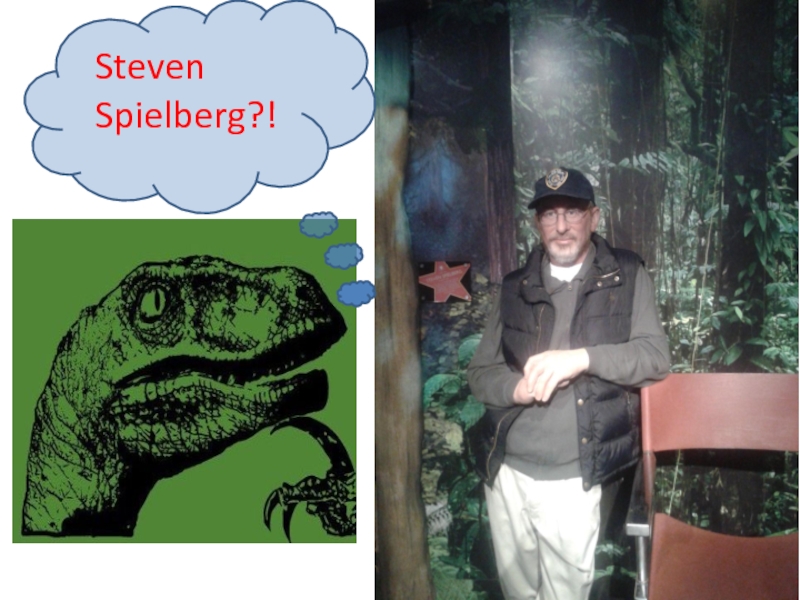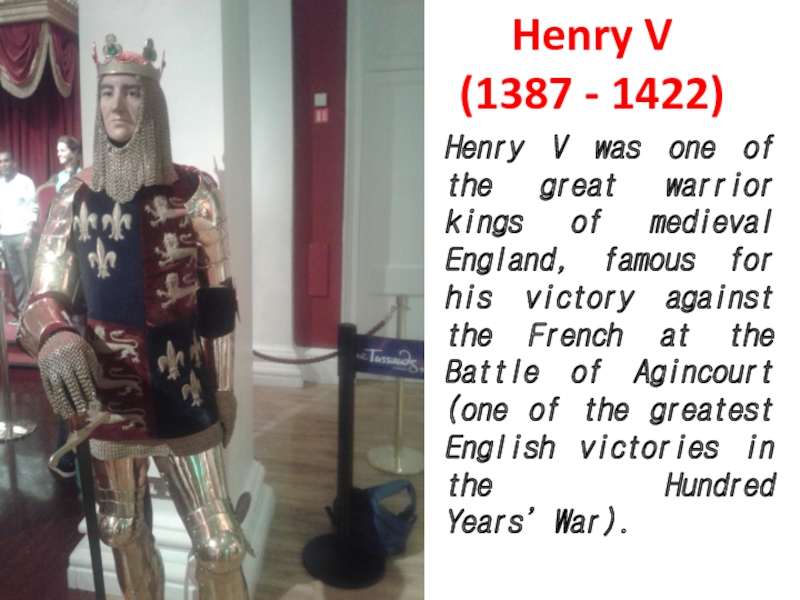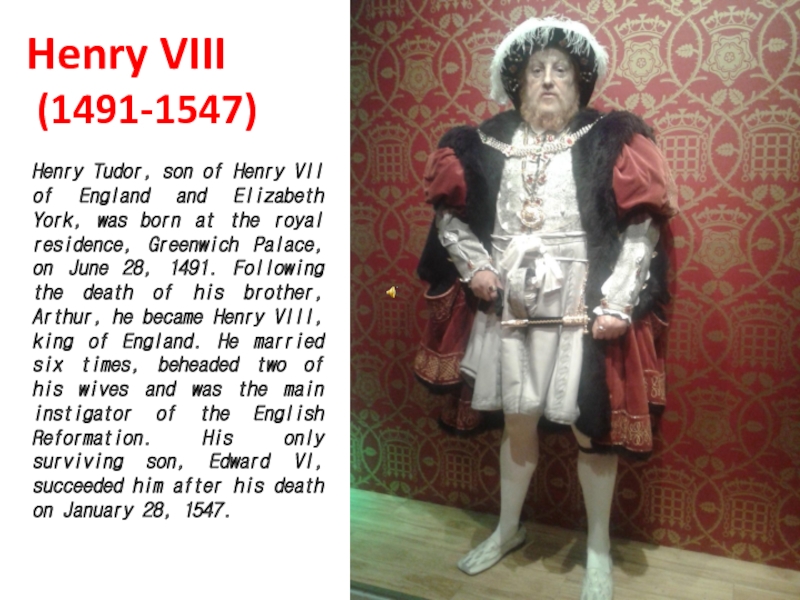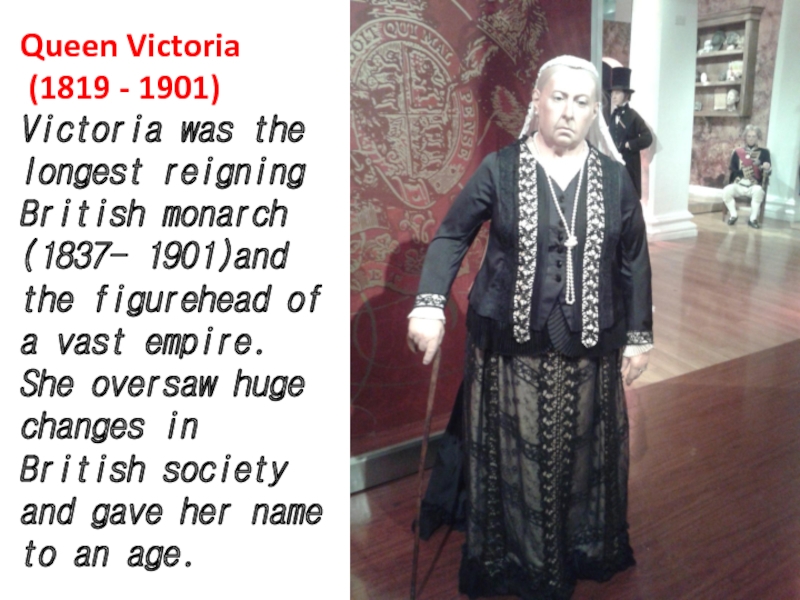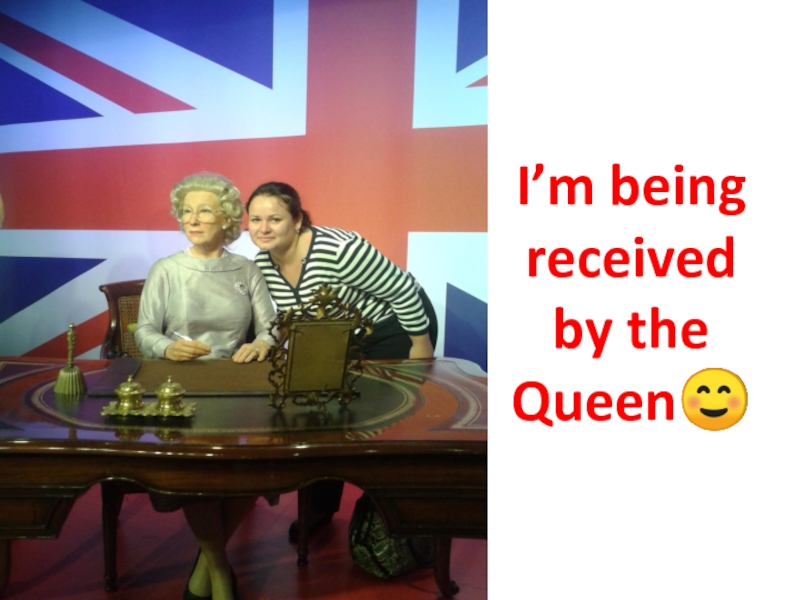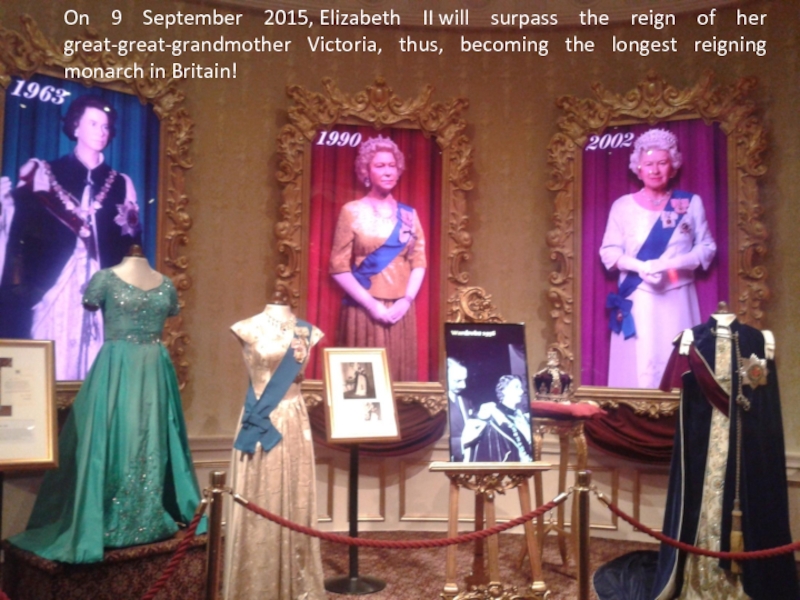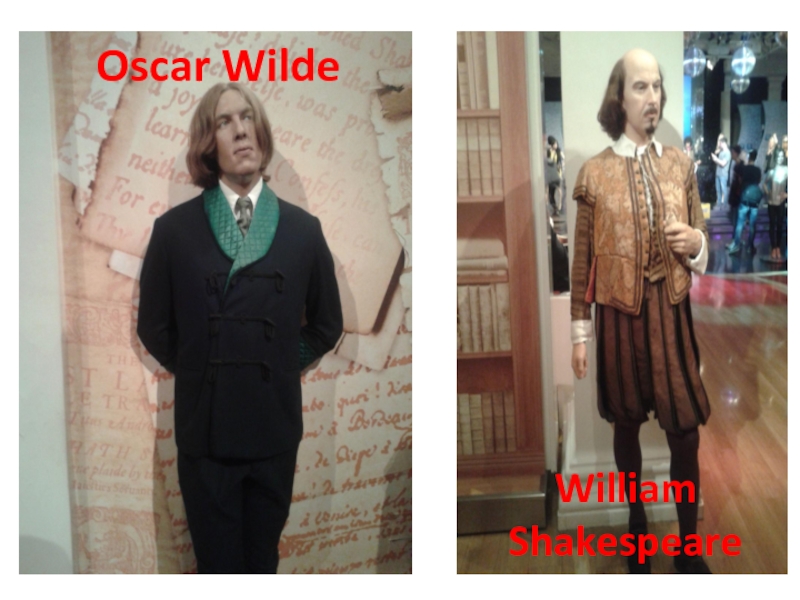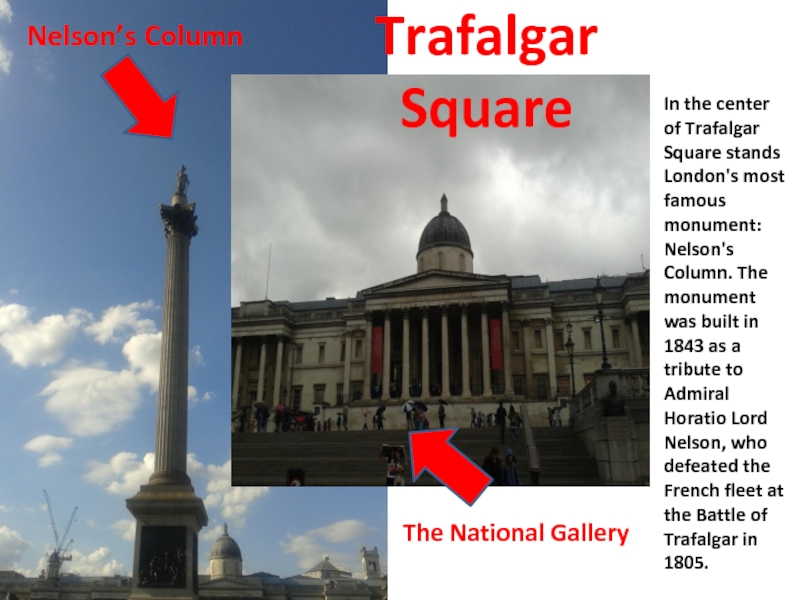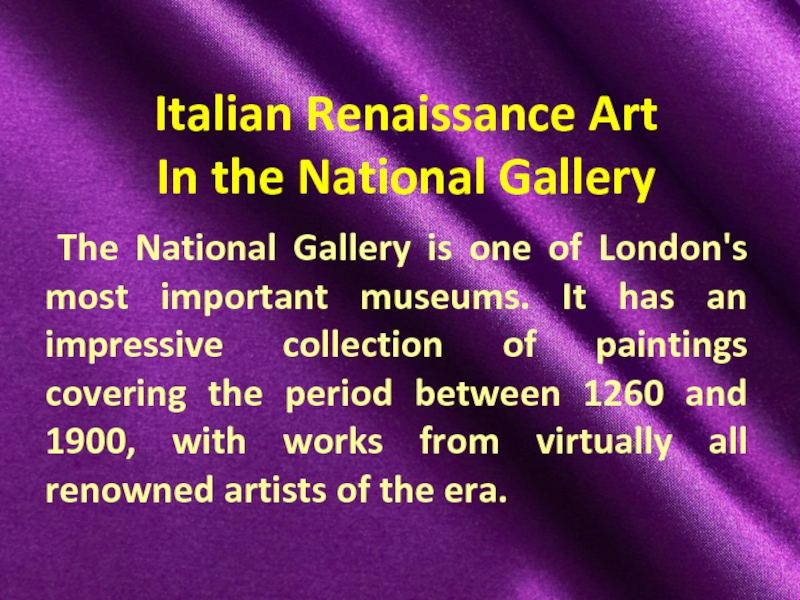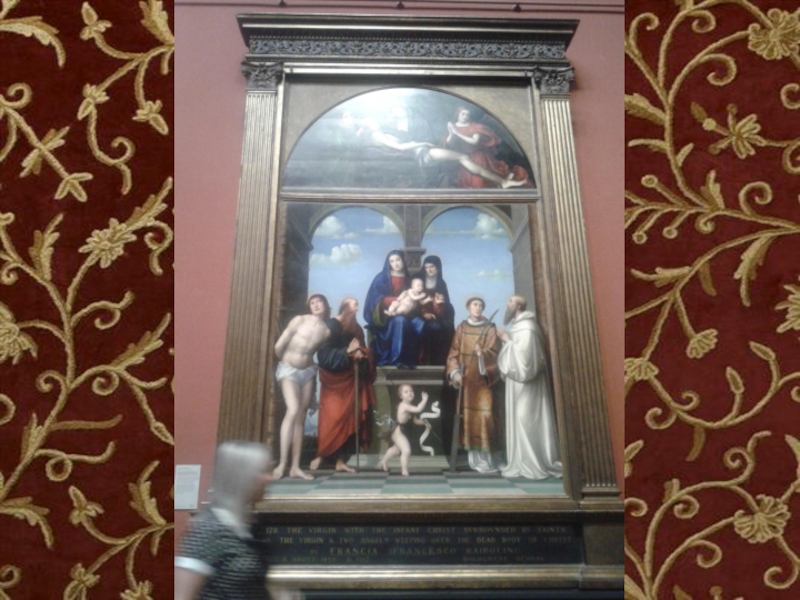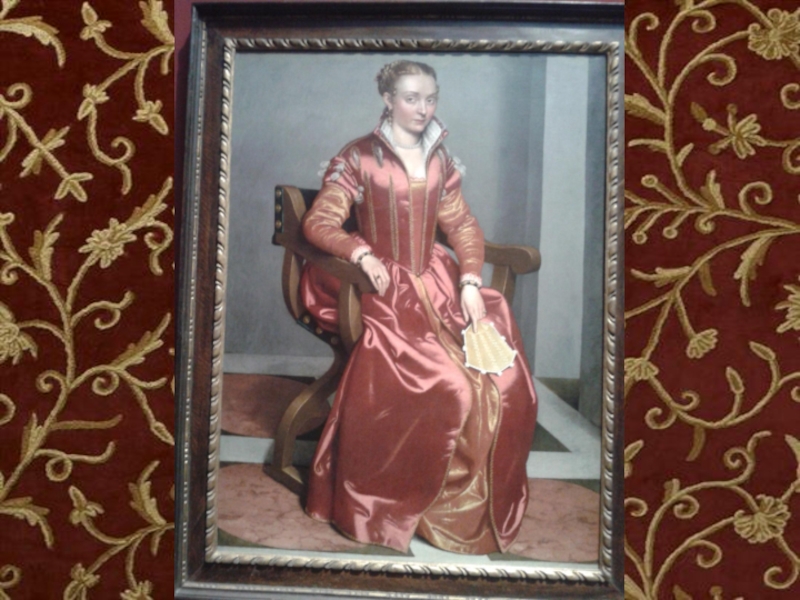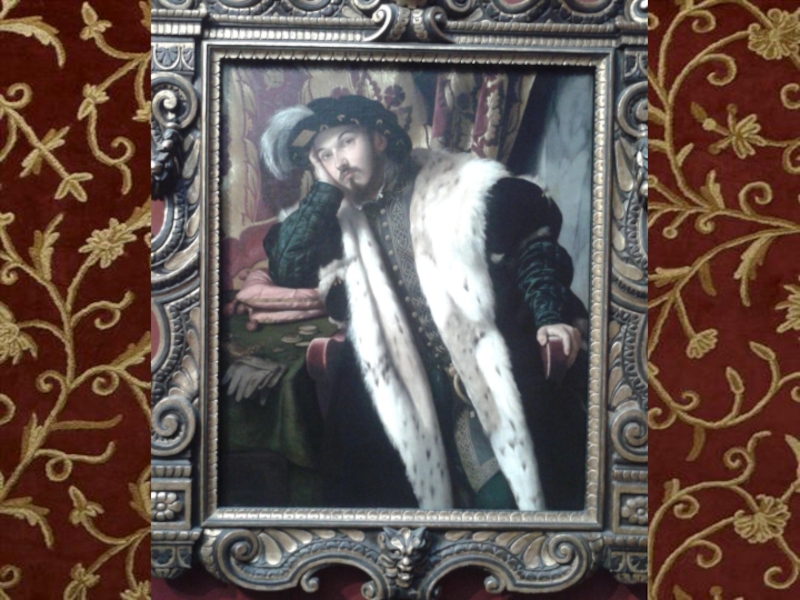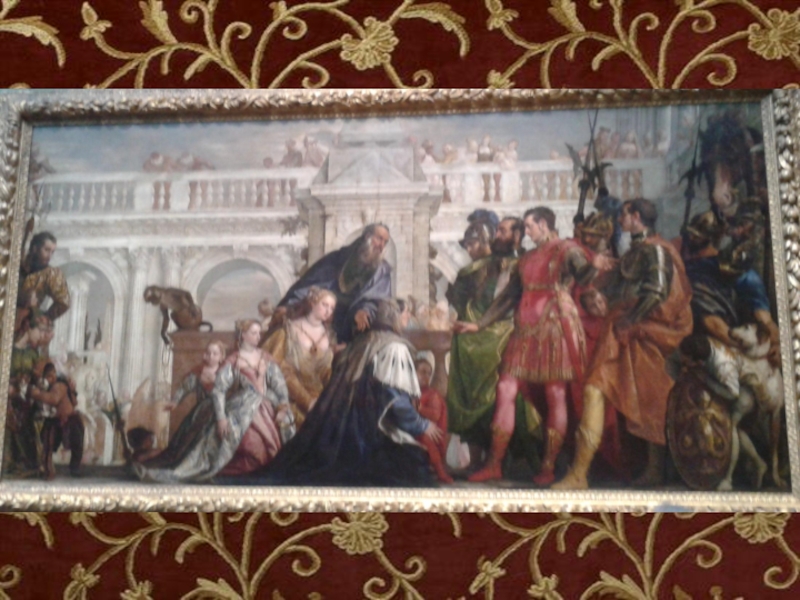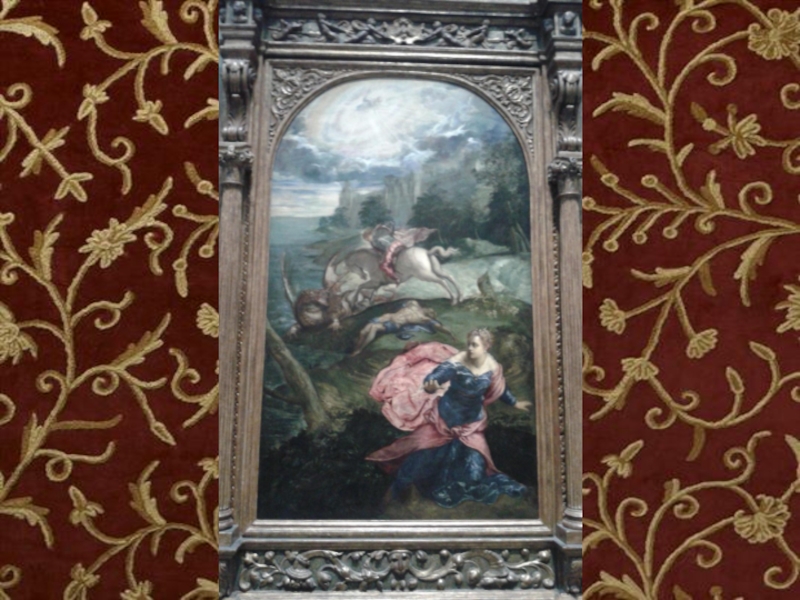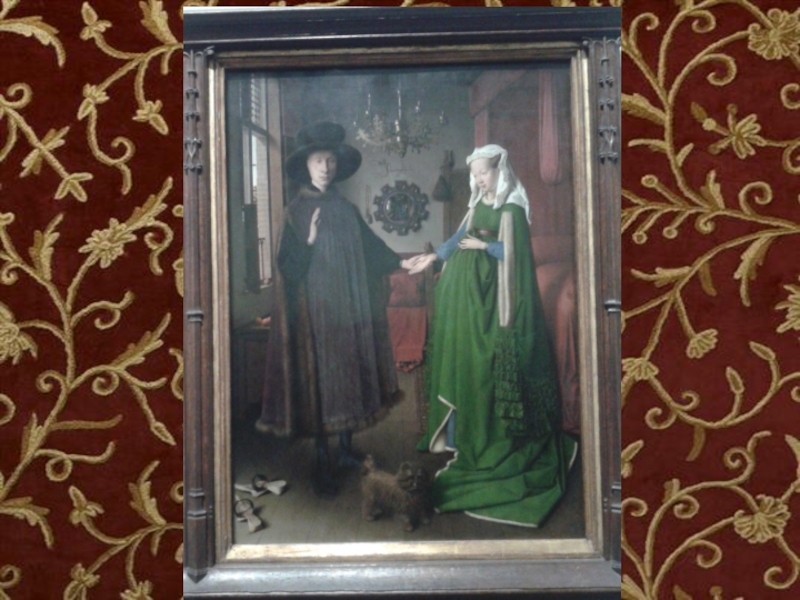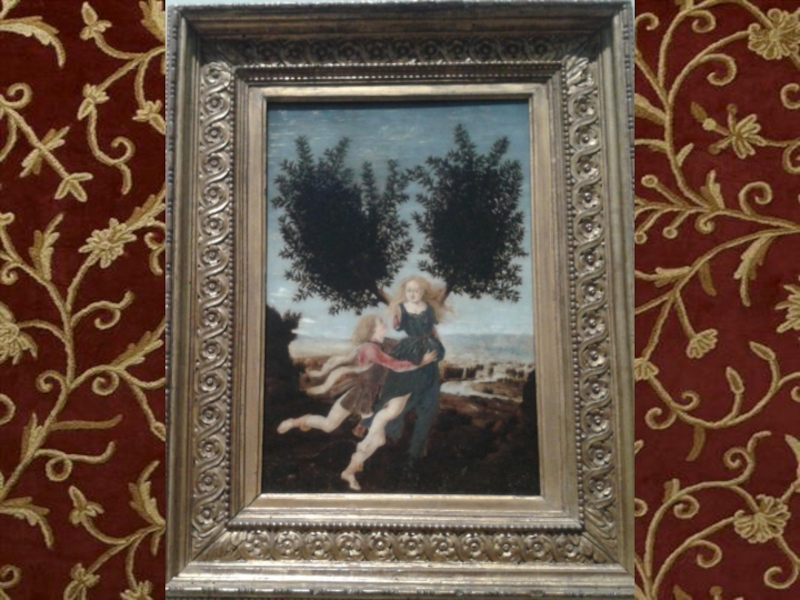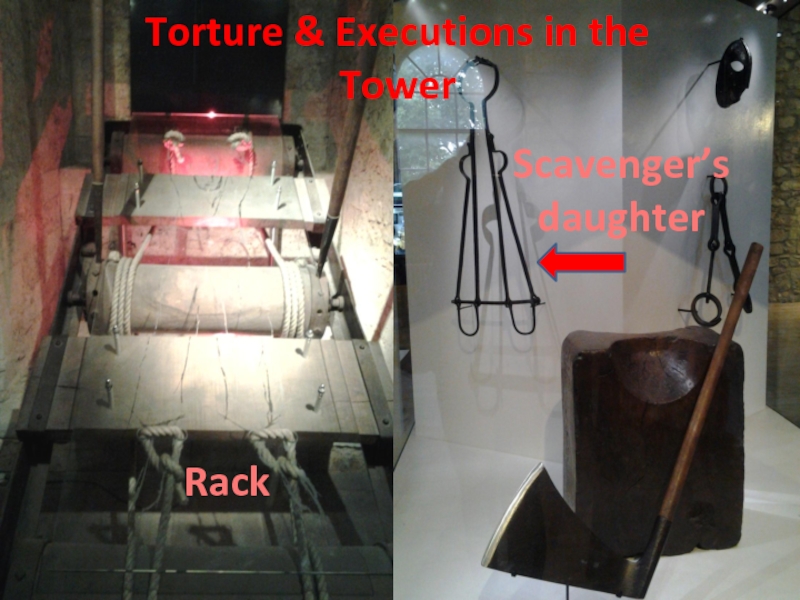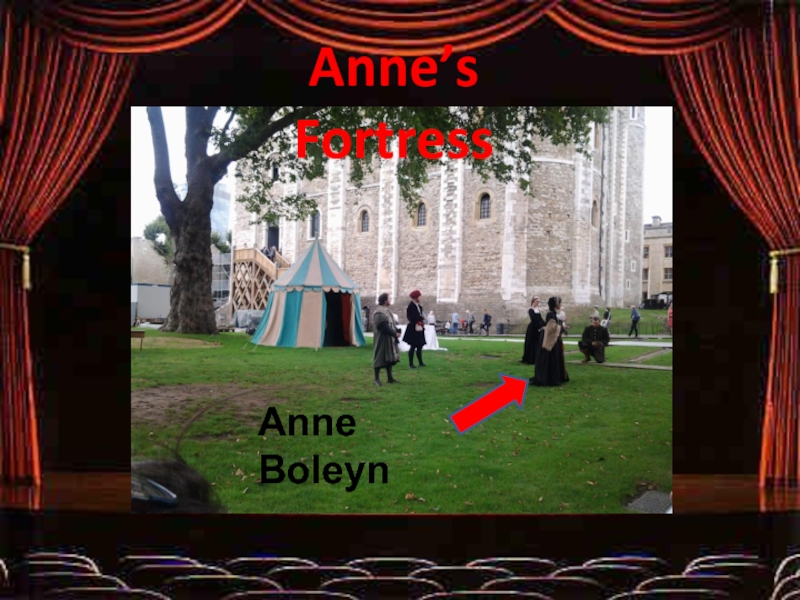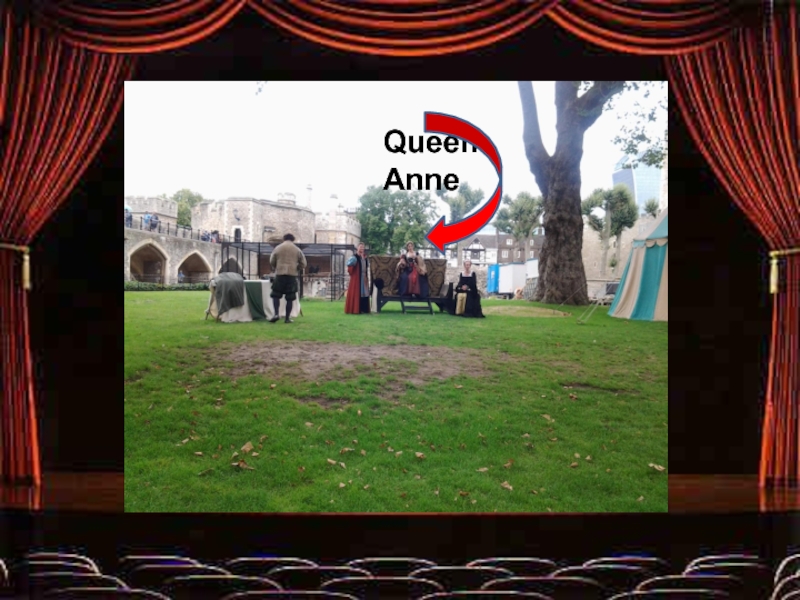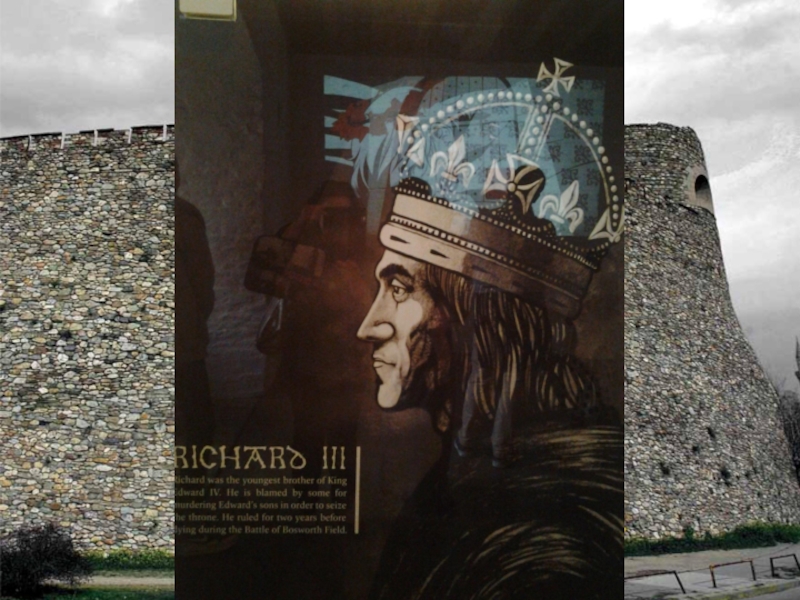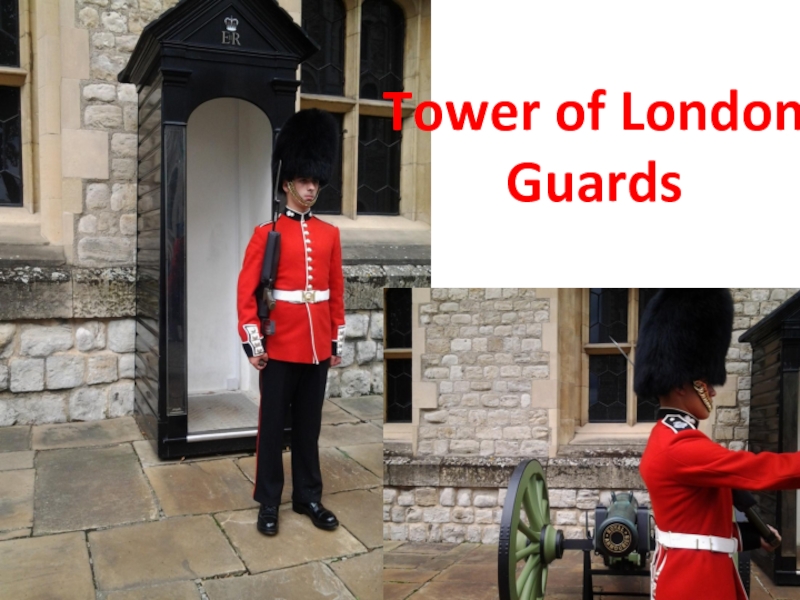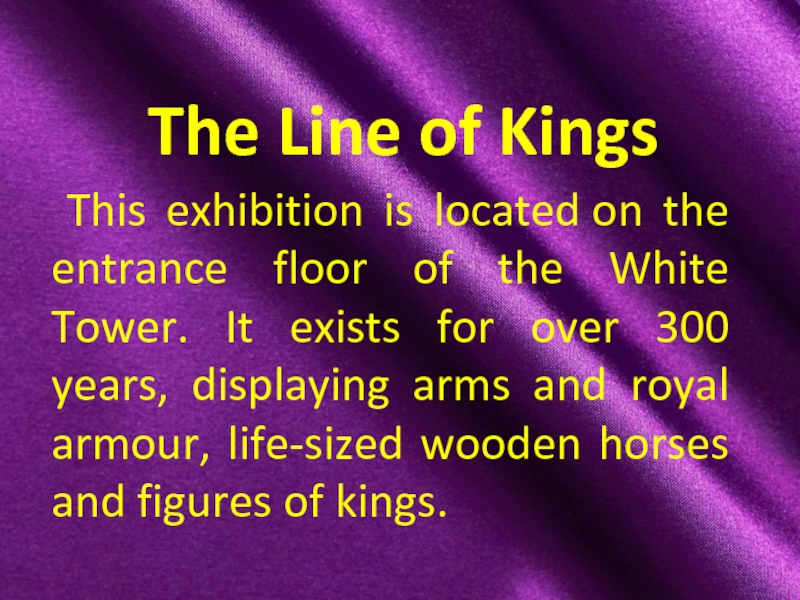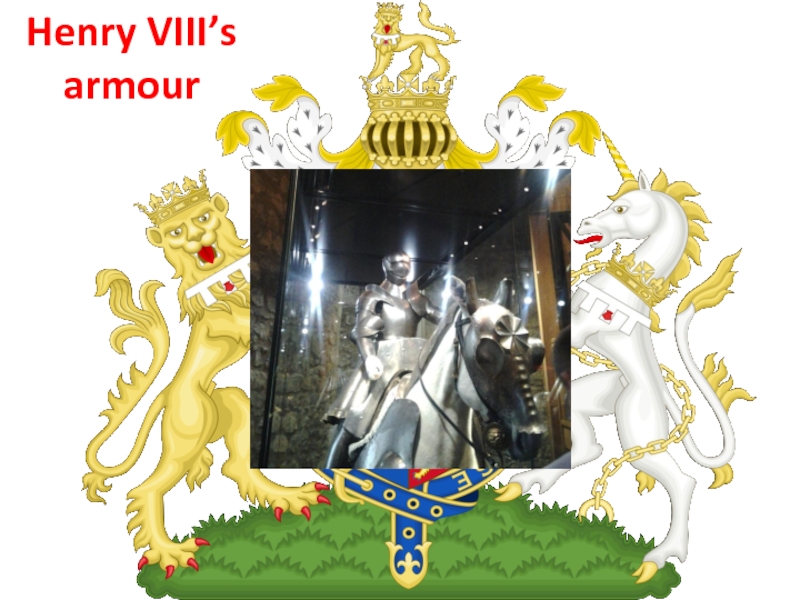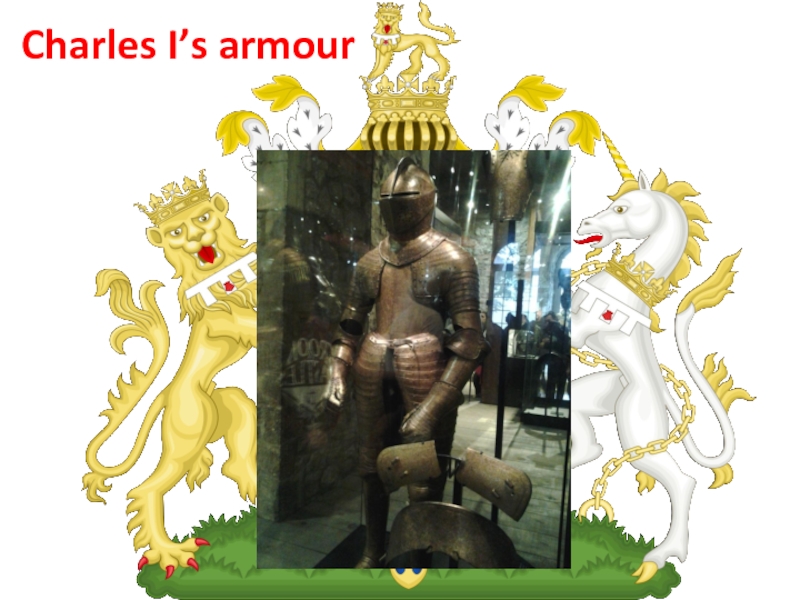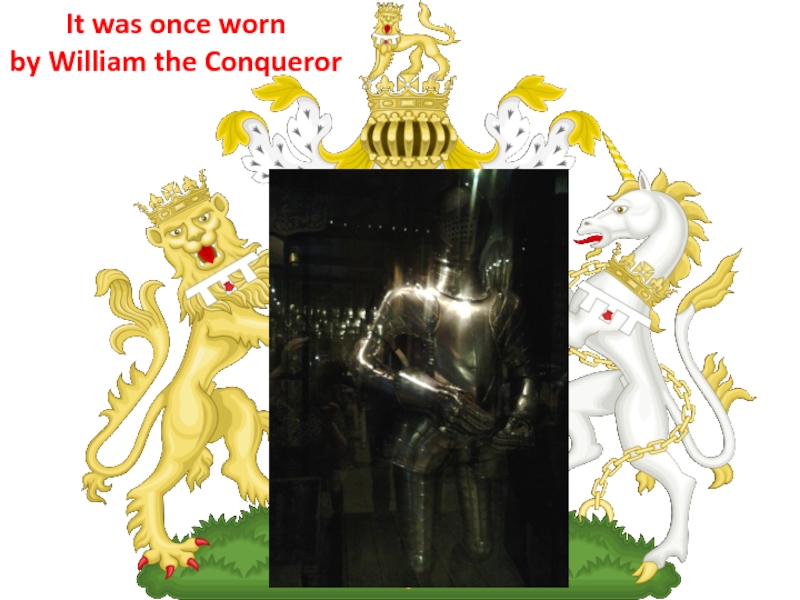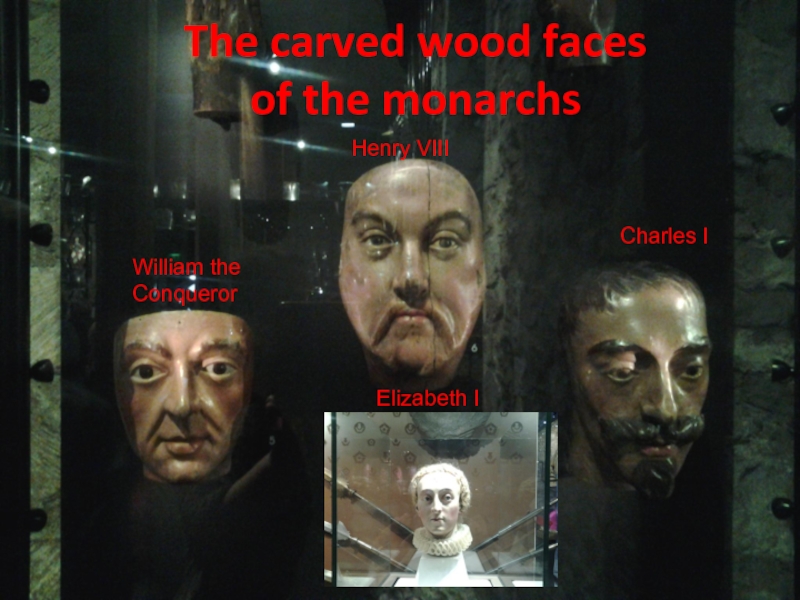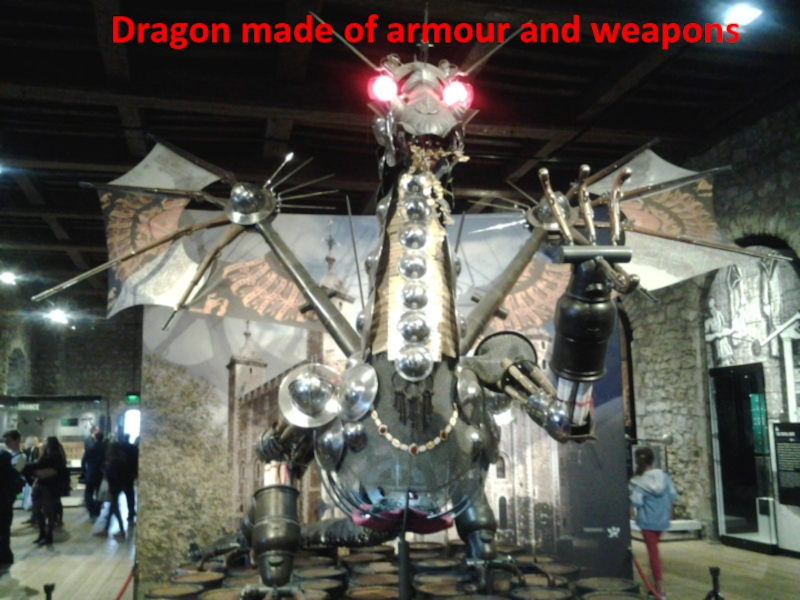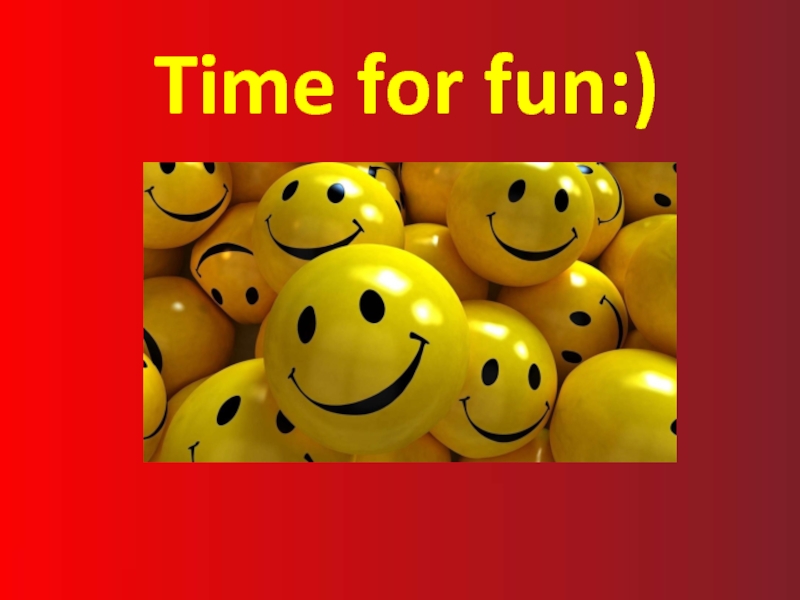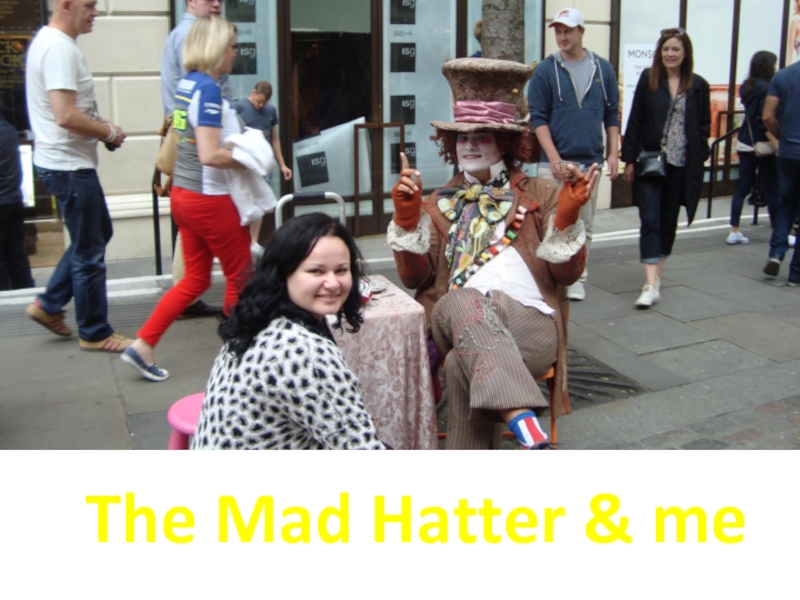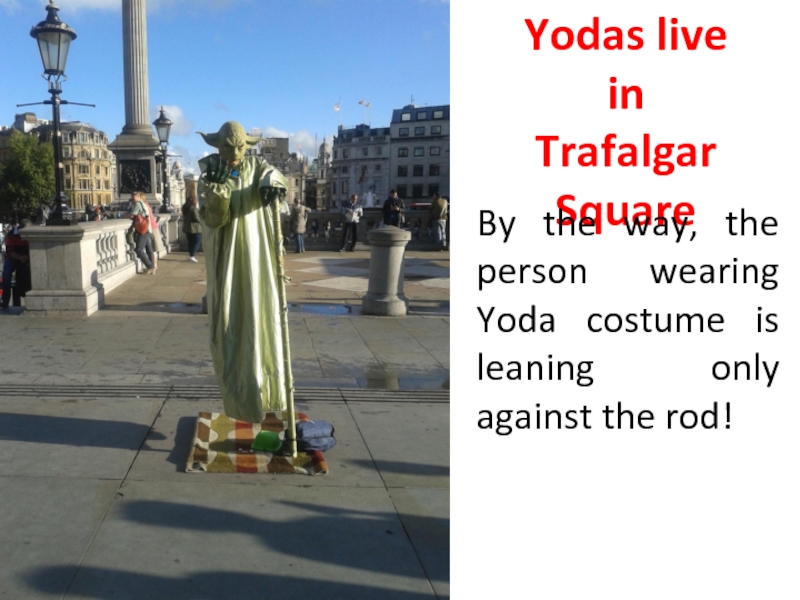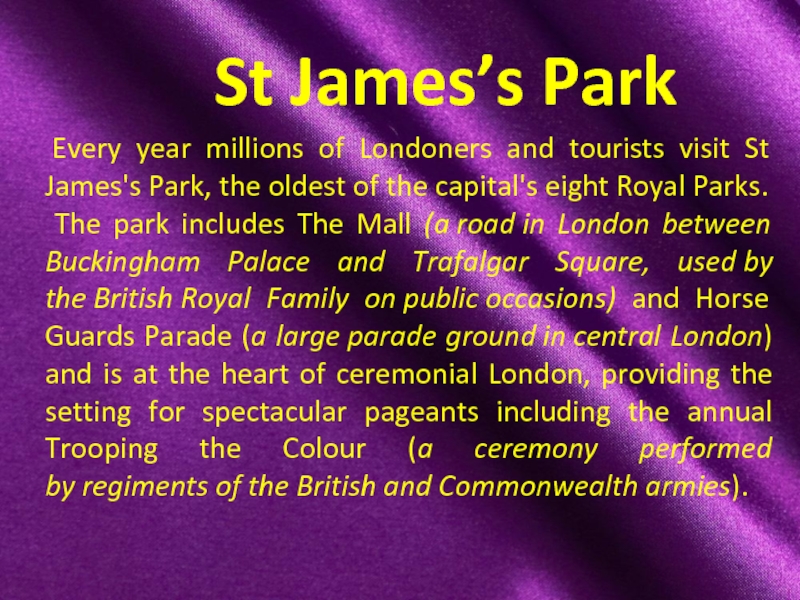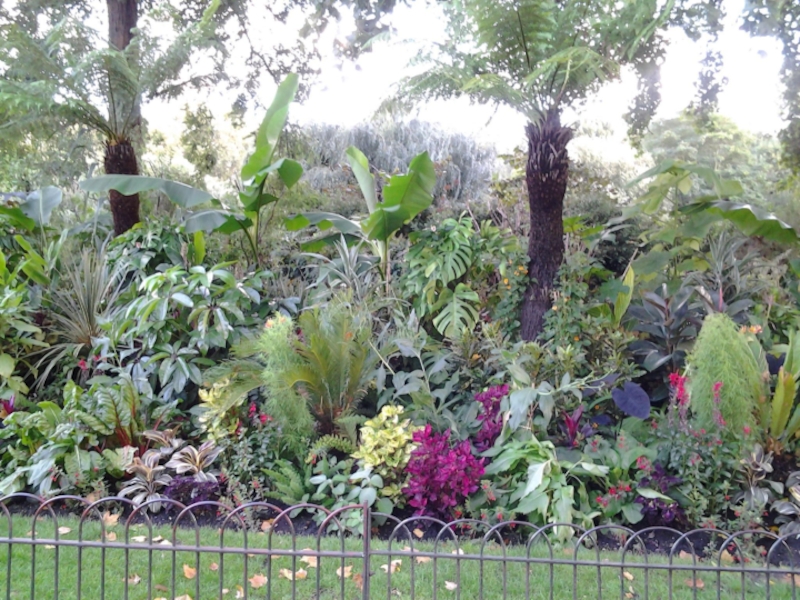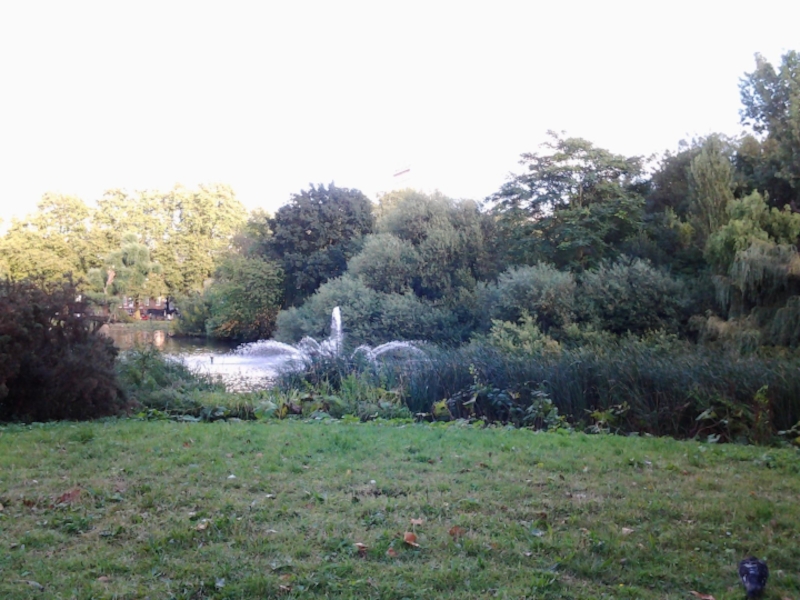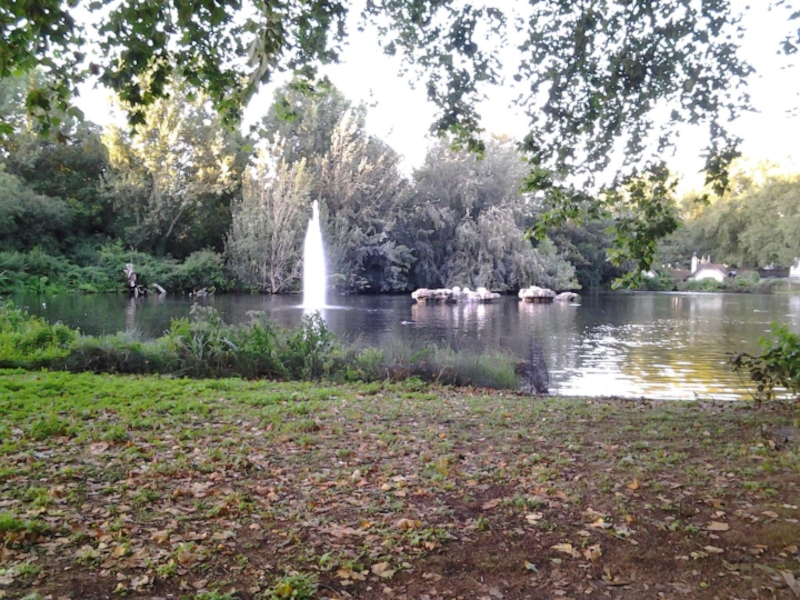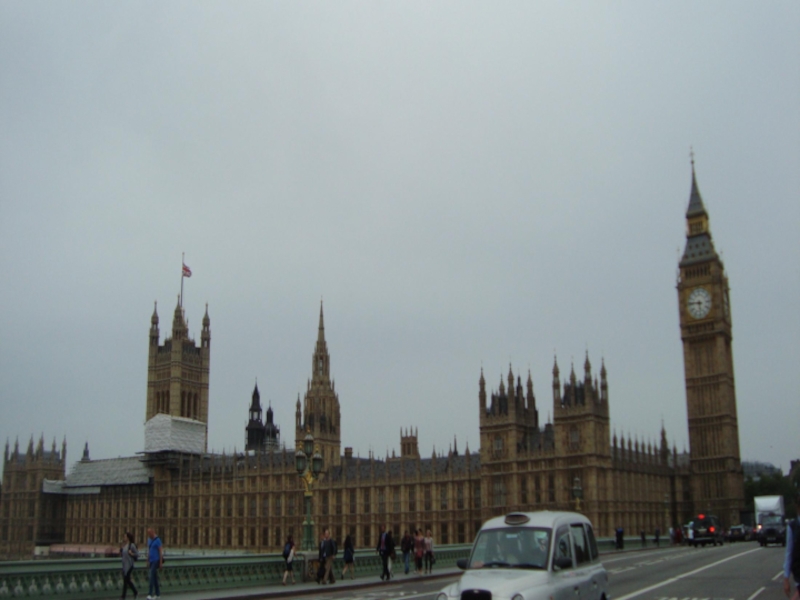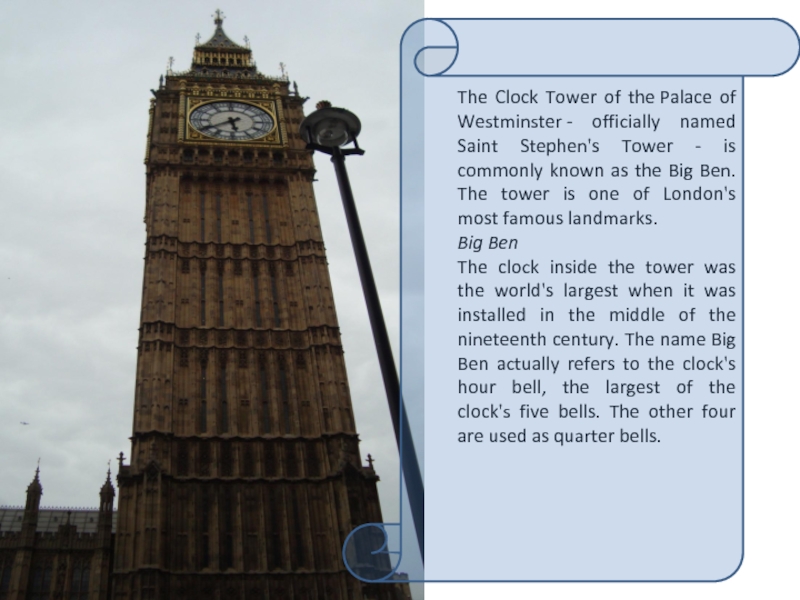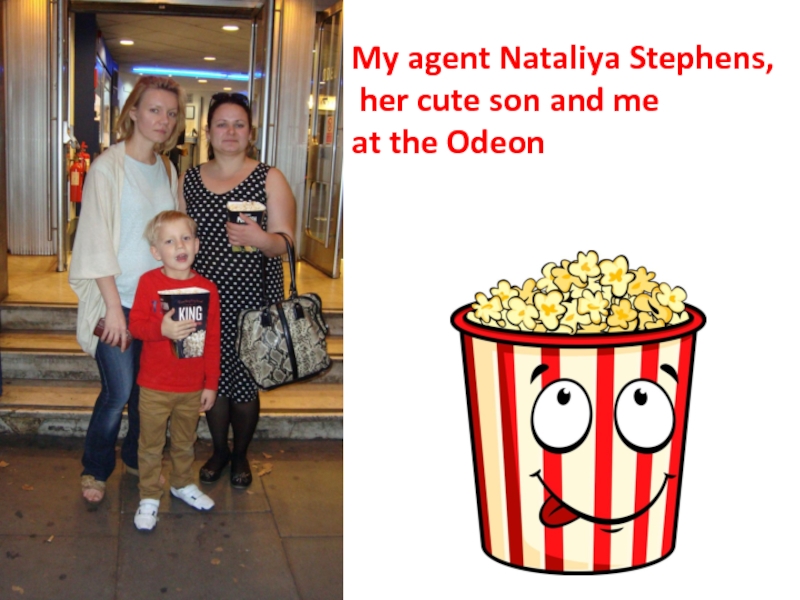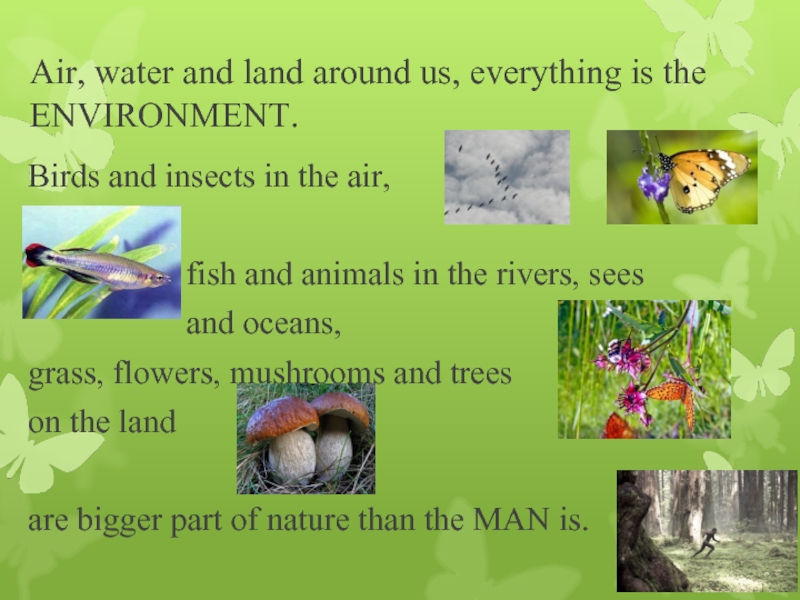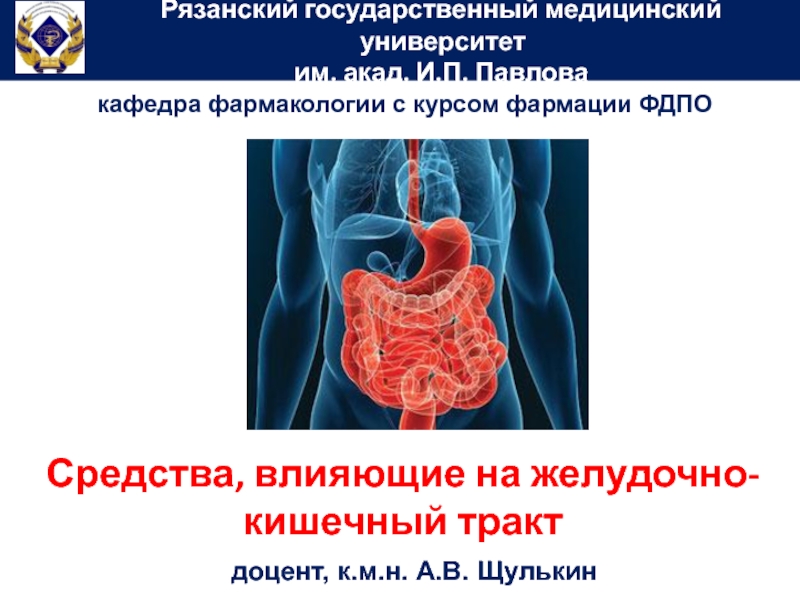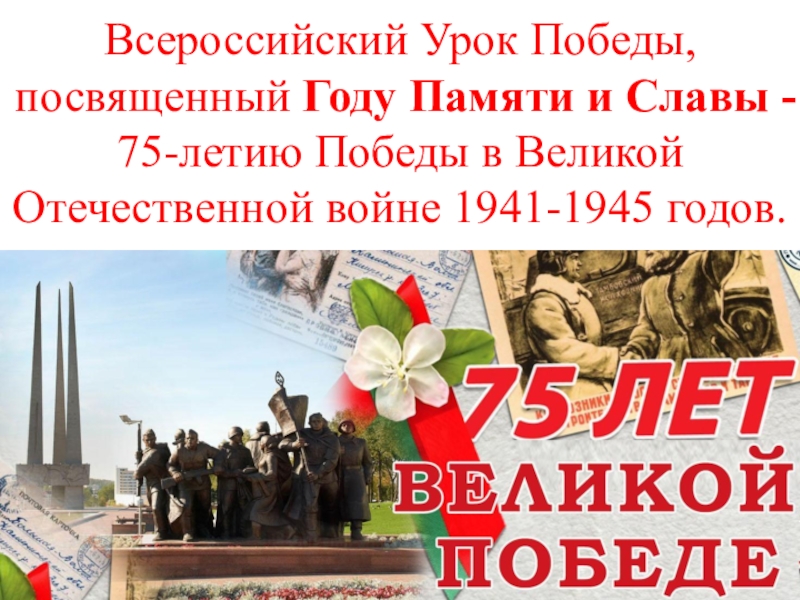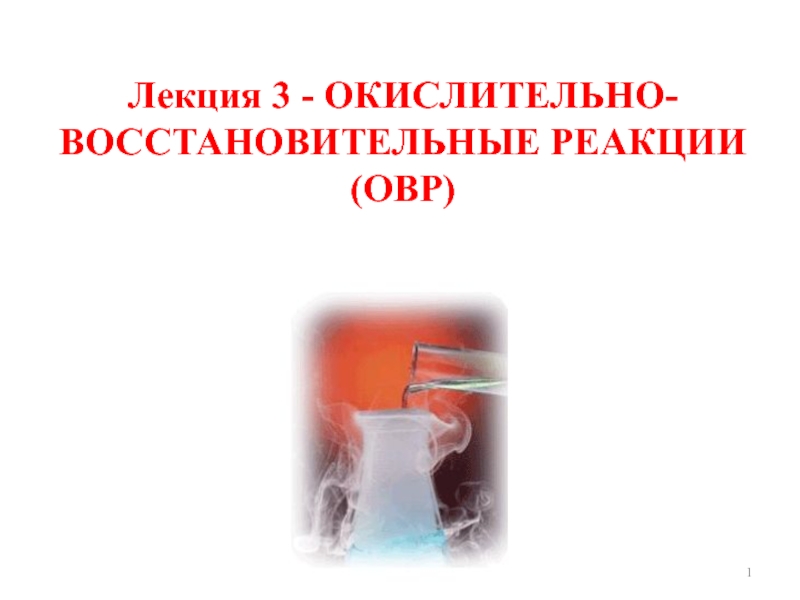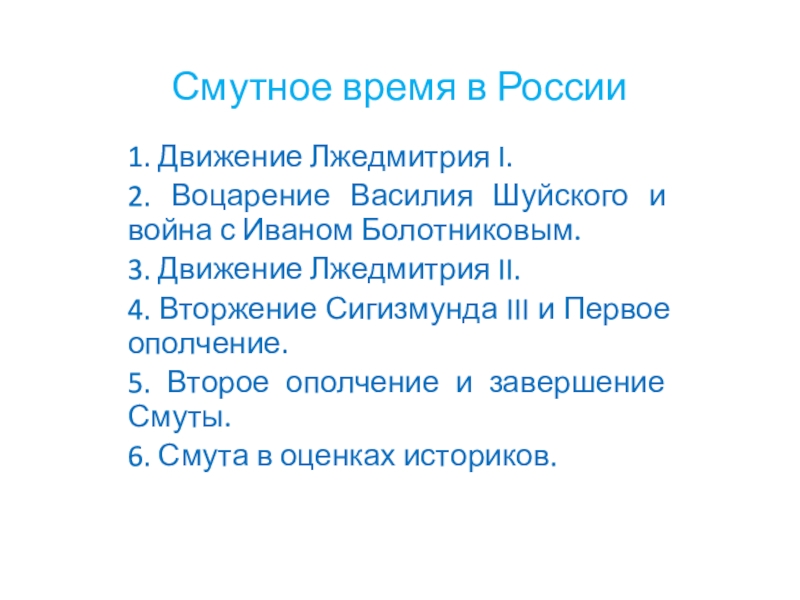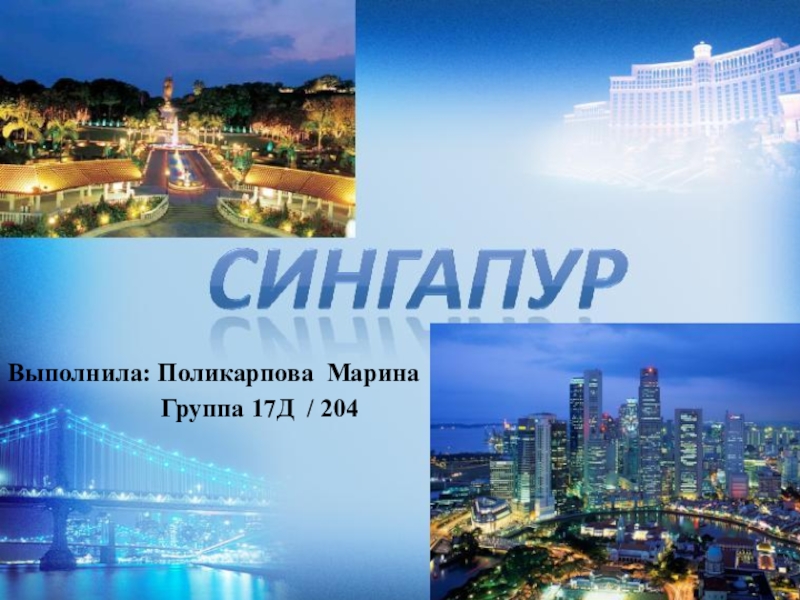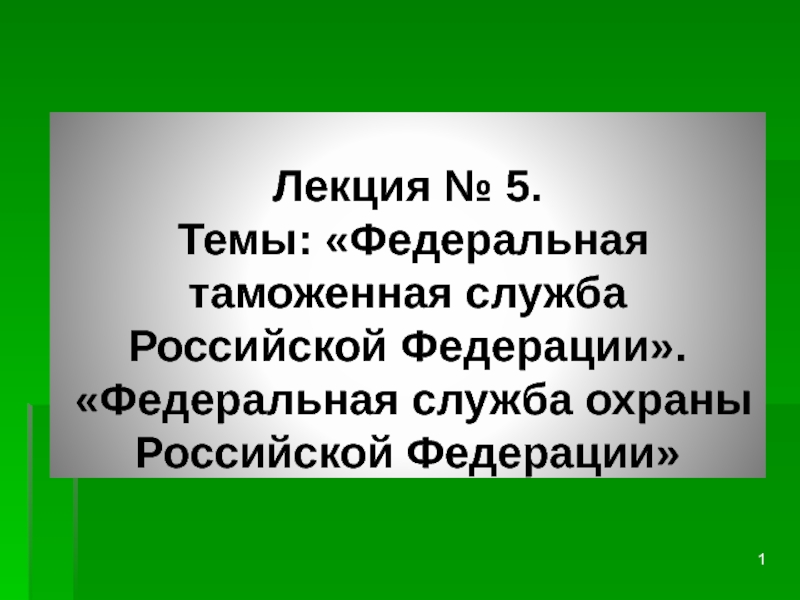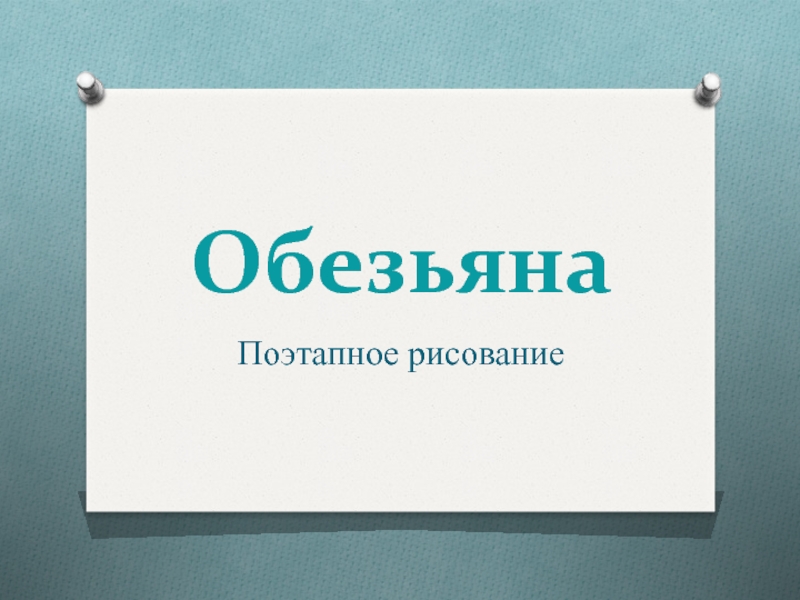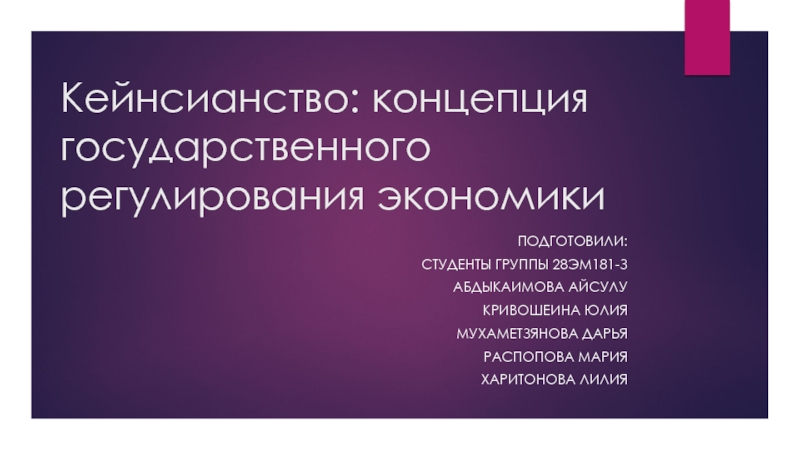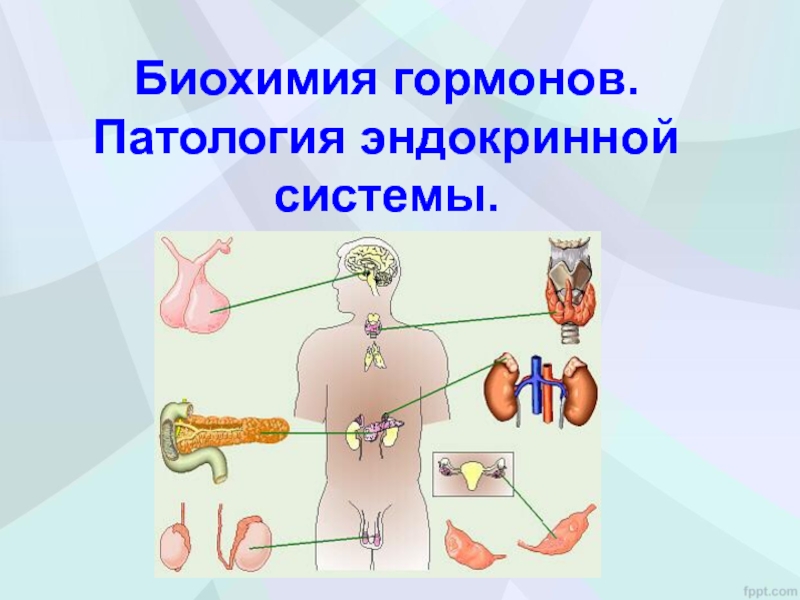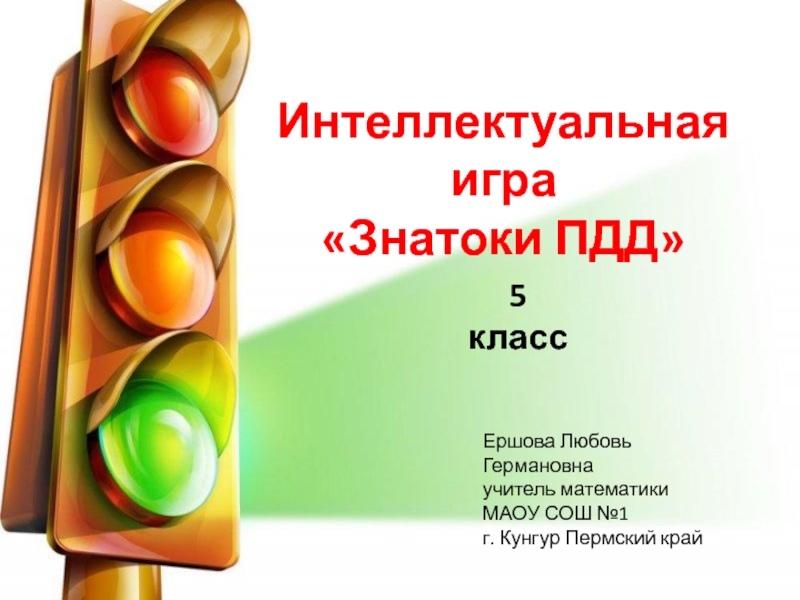Разделы презентаций
- Разное
- Английский язык
- Астрономия
- Алгебра
- Биология
- География
- Геометрия
- Детские презентации
- Информатика
- История
- Литература
- Математика
- Медицина
- Менеджмент
- Музыка
- МХК
- Немецкий язык
- ОБЖ
- Обществознание
- Окружающий мир
- Педагогика
- Русский язык
- Технология
- Физика
- Философия
- Химия
- Шаблоны, картинки для презентаций
- Экология
- Экономика
- Юриспруденция
A Trip to Remember
Содержание
- 1. A Trip to Remember
- 2. Heathrow Airport A major international airport in west London, England. Heathrow
- 3. Слайд 3
- 4. My SchoolLila London
- 5. Слайд 5
- 6. Me in the school
- 7. One of my teachers, David Collins (General
- 8. My Host Family’s House
- 9. My temporary “sweet home” was at Forest Hill Station
- 10. Madame TussaudsA wax museum in London with branches in a
- 11. Who’s that?
- 12. Napoléon Bonaparte(1769-1821) the emperor of France from 1804
- 13. Morgan Freeman
- 14. Quite recognizable, aren’t they? (especially one in the middle)
- 15. Слайд 15
- 16. I’ll be back!
- 17. Show must …Go on!
- 18. Kingofpop
- 19. Steven Spielberg?!
- 20. Alfred HitchcockSir Alfred Joseph Hitchcock (13 August 1899
- 21. The Most Famous English Monarchs
- 22. Henry V (1387 - 1422)Henry V was
- 23. Henry VIII (1491-1547)Henry Tudor, son of Henry
- 24. Charles I (1600 - 1649)Charles I was
- 25. Queen Victoria (1819 - 1901)Victoria was the
- 26. I’m being received by the Queen
- 27. On 9 September 2015, Elizabeth II will surpass the
- 28. A man of genius… Can you identify him by his looks?
- 29. Oscar WildeWilliam Shakespeare
- 30. Madame Tussaud at work Supposedly she’s holding a dead head to make a death mask.
- 31. Trafalgar SquareThe National GalleryNelson’s ColumnIn the center
- 32. Italian Renaissance Art In the National Gallery
- 33. Слайд 33
- 34. Слайд 34
- 35. Слайд 35
- 36. Слайд 36
- 37. Слайд 37
- 38. Слайд 38
- 39. Слайд 39
- 40. Слайд 40
- 41. Слайд 41
- 42. Слайд 42
- 43. The Tower of London
- 44. Слайд 44
- 45. The White TowerThe oldest part of the
- 46. Torture & Executions in the TowerRackScavenger’s daughter
- 47. Anne’s FortressAnne Boleyn
- 48. Queen Anne
- 49. Слайд 49
- 50. Слайд 50
- 51. The most famous tourist attraction in the
- 52. Tower of London Guards
- 53. Слайд 53
- 54. The Line of Kings This exhibition is
- 55. Henry VIII’s armour
- 56. Again the armour of his…
- 57. Charles I’s armour
- 58. It was once worn by William the Conqueror
- 59. The carved wood faces of the monarchsHenry VIIICharles IWilliam the ConquerorElizabeth I
- 60. Dragon made of armour and weapons
- 61. The Royal Mint coin pressHistory of the
- 62. Time for fun:)
- 63. The London EyeIn the daytimeat night
- 64. The Mad Hatter & me
- 65. Yodas live in Trafalgar SquareBy the way,
- 66. St James’s Park Every year millions of
- 67. Слайд 67
- 68. Слайд 68
- 69. Слайд 69
- 70. Слайд 70
- 71. Слайд 71
- 72. The Shamrock (the national symbol of Ireland)The
- 73. Слайд 73
- 74. The Tower Bridge Tower Bridge (built 1886–1894) is
- 75. Слайд 75
- 76. In front of the TowerThe Shard is
- 77. The Houses of Parliament The Houses of
- 78. Слайд 78
- 79. The Clock Tower of the Palace of Westminster -
- 80. My agent Nataliya Stephens, her cute son and me at the Odeon
- 81. Слайд 81
- 82. If you want an English language &
- 83. Скачать презентанцию
Heathrow Airport A major international airport in west London, England. Heathrow is the busiest airport in the United Kingdom and the busiest airport in Europe by passenger traffic. Heathrow is also the third busiest airport in the world by total
Слайды и текст этой презентации
Слайд 2Heathrow Airport
A major international airport in west London, England. Heathrow is the busiest airport
Слайд 7One of my teachers, David Collins (General English) and me
in our hall, where people gather to chat, drink coffee
and tea, eat, watch TV, listen to music, and just have funСлайд 10Madame
Tussauds
A wax museum in London with branches in a number of major
cities. It was founded by wax sculptor Marie Tussaud (née Marie Grosholtz )
more than 200 years ago. Madame Tussauds is a major tourist attraction in London, displaying waxworks.Слайд 12Napoléon
Bonaparte
(1769-1821) the emperor of France from 1804 to 1815.
He
was a great and very skilful military leader and his
armiestook control of many European countries, which then became part of his empire.
In 1815 he was defeated at the Battle of Waterloo and was forced to spend the rest of his life on the island of St Helena.
Napoleon also changed the way that France was organized,
and established a new system of laws, called the 'Napoleonic Code', on which modern French law is based.
Слайд 20Alfred Hitchcock
Sir Alfred Joseph Hitchcock (13 August 1899 – 29 April
1980) was an English film director and producer. Often nicknamed "The Master
of Suspense", he pioneered many elements of the suspense and psychological thriller genres. After a successful career in British cinema with both silent films and early talkies, renowned as England's best director, Hitchcock moved to Hollywood in 1939 and became a US citizen in 1955.Слайд 22Henry V
(1387 - 1422)
Henry V was one of the
great warrior kings of medieval England, famous for his victory
against the French at the Battle of Agincourt (one of the greatest English victories in the Hundred Years’War).Слайд 23Henry VIII
(1491-1547)
Henry Tudor, son of Henry VII of England
and Elizabeth York, was born at the royal residence, Greenwich
Palace, on June 28, 1491. Following the death of his brother, Arthur, he became Henry VIII, king of England. He married six times, beheaded two of his wives and was the main instigator of the English Reformation. His only surviving son, Edward VI, succeeded him after his death on January 28, 1547.Слайд 24Charles I
(1600 - 1649)
Charles I was king of England,
Scotland and Ireland, whose conflicts with parliament led to civil
war and his eventual execution.Слайд 25Queen Victoria
(1819 - 1901)
Victoria was the longest reigning British
monarch (1837- 1901)and the figurehead of a vast empire. She
oversaw huge changes in British society and gave her name to an age.Слайд 27On 9 September 2015, Elizabeth II will surpass the reign of her
great-great-grandmother Victoria, thus, becoming the longest reigning monarch in Britain!
Слайд 31Trafalgar Square
The National Gallery
Nelson’s Column
In the center of Trafalgar Square stands London's
most famous monument: Nelson's Column. The monument was built in
1843 as a tribute to Admiral Horatio Lord Nelson, who defeated the French fleet at the Battle of Trafalgar in 1805.Слайд 32Italian Renaissance Art
In the National Gallery
The National Gallery
is one of London's most important museums. It has an
impressive collection of paintings covering the period between 1260 and 1900, with works from virtually all renowned artists of the era.Слайд 45The White Tower
The oldest part of the fortress is the
so-called White Tower, which was completed in 1097. This keep
was long the tallest building in London at 27.4 meters (90ft). Its walls are 4.6 meter wide. The tower was whitewashed during the reign of Henry III (1207-1272), which gave the tower's facade its white appearance. Ever since the tower has been known as White Tower. The building has four domed turrets at each corner. Three of them have a square shape, the other is round, due to its spiral staircase. The round turret was long used as an observatory.Слайд 51The most famous tourist attraction in the Tower of London
is the collection of Crown Jewels that has been on
display here since the seventeenth century, during the reign of Charles II. Most of the jewels were created around the year 1660, when the monarchy was reinstalled. The majority of the older crown jewels were destroyed by Oliver Cromwell. The jewels can be found in the Jewel House, which is part of the Waterloo Barracks just north of the White Tower. Some of the highlights of the collection are the 530 carat First Star of Africa, which is set in the Imperial State CrownScepter of the Cross; the Imperial State Crown with more than 2800 diamonds and the famous Koh-I-Noor, a 105 carat diamond.
Слайд 54The Line of Kings
This exhibition is located on the entrance
floor of the White Tower. It exists for over 300
years, displaying arms and royal armour, life-sized wooden horses and figures of kings.Слайд 61The Royal Mint coin press
History of the Royal Mint
At the
end of the 13th century the Royal Mint moved to the Tower
of London and expanded, although there had been mints operating in London since Roman times.1278-1279 - The Royal Mint was located at the Tower of London
1509-1547 - Under Henry VIII local production of coins was brought to an end. The Royal Mint became the only authority for the production of coinage
1662 - The process of manually striking coins was replaced with the screw press and the horse-driven rolling mill
By the turn of the 19th century - The Royal Mint's facilities occupied almost the entire outer ward of the Tower
1810 - The last coins were struck at the Tower and the Royal Mint relocated to Little Tower Hill
1968 - The Royal Mint moved to Llantrisant, South Wales.
Слайд 65Yodas live
in
Trafalgar Square
By the way, the person wearing
Yoda costume is leaning only against the rod!
Слайд 66St James’s Park
Every year millions of Londoners and tourists
visit St James's Park, the oldest of the capital's eight
Royal Parks.The park includes The Mall (a road in London between Buckingham Palace and Trafalgar Square, used by the British Royal Family on public occasions) and Horse Guards Parade (a large parade ground in central London) and is at the heart of ceremonial London, providing the setting for spectacular pageants including the annual Trooping the Colour (a ceremony performed by regiments of the British and Commonwealth armies).
Слайд 72The Shamrock (the national symbol of Ireland)
The Tudor Rose
(the
national symbol of England)
The Thistle
(the national symbol of Scotland)
Слайд 74The Tower Bridge
Tower Bridge (built 1886–1894) is a combined bascule and suspension
bridge (разводной висячий мост) in London. The bridge crosses the River Thames close
to the Tower of London and has become an iconic symbol of London. Its Victorian Gothic style stems from a law that forced the designers to create a structure that would be in harmony with the nearby Tower of London.Слайд 76In front of the Tower
The Shard is a modern glass
skyscraper in London. At the time of its completion in
2012 it was Europe's tallest building. The observatory on the 72nd floor offers some spectacular 360 degree views of the city.Слайд 77The Houses of Parliament
The Houses of Parliament, also known
as the Palace of Westminster, is the seat of the
two parliamentary houses of the United Kingdom: the House of Lords and the House of Commons.The most famous feature of the Houses of Parliament is its clock tower, known as Big Ben.
Слайд 79The Clock Tower of the Palace of Westminster - officially named Saint
Stephen's Tower - is commonly known as the Big Ben.
The tower is one of London's most famous landmarks.Big Ben
The clock inside the tower was the world's largest when it was installed in the middle of the nineteenth century. The name Big Ben actually refers to the clock's hour bell, the largest of the clock's five bells. The other four are used as quarter bells.
